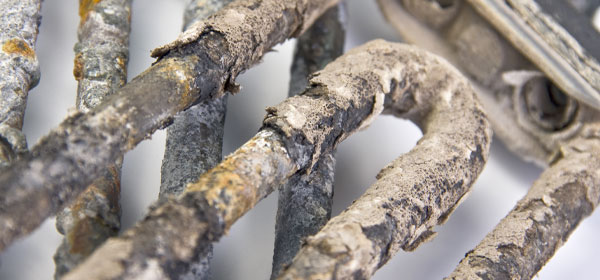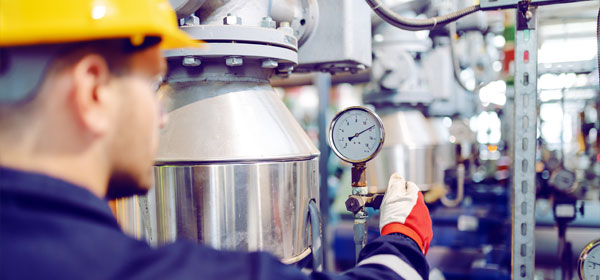Tips for Boiler Maintenance
Water quality management
Composition of the Water
-
If we look at the components dissolved in water, there are calcium, magnesium, sodium, potassium, etc. as cations, and bicarbonate, sulfuric acid, chlorine, etc. as anions, as well as silica and iron.
-
The substances mentioned above should be preferably low for the boiler water. Silica concentration and hardness components such as calcium and magnesium should in particular be low for boiler feed water.
-
Use the clearing agent to remove the dissolved substances mentioned above.
The impact on the boiler when using the non-treated water.
-
The water forms a scale on the pipe that will reduce the efficiency and product life of the
boiler.
Note : What is Scale?
Scale is a phenomenon in which inorganic substances (calcium, magnesium, silica, etc...) mixed with water adhere to the heat transfer part and harden. When scale is formed, it causes a decrease in boiler efficiency and overheating to the heat transfer part. Since steel weakens around 350 ℃, even a small amount of scale can cause a significant failure in the boiler.
-
The scale reduces the thermal conductivity of the smoke pipe, causing detrimental
accidents, such as pipe rupture due to overheating.
-
Corrosion in smoke pipe shortens the product life of the boiler and causes accidents.
-
Boiler Carryover can cause corrosion of steam pipes and mechanical aging
Note : What is Boiler Carryover?
Boiler Carryover is when impurities and moisture dissolved in boiler water move along with steam and enter into the steam line system, lowering the steam purity, increasing the corrosion of superheaters and other steam accessories, and reducing product quality and life.
Water quality management
-
Install a water softener to completely remove components such as calcium and magnesium.
-
For Silica that cannot be removed by the water softener, it should be changed to non-scaled, soluble sodium silicate by using an appropriate chemical (clearing agent) and discharged.
-
When the site uses industrial water or underground water that has lots of floating matter such
as soil or dust, install microfilters on the feed water to purify the water.
Water Corrosion Management
Types of Corrosion
-
by pH
-
by dissolved oxygen
-
by chloride
Causes of Corrosion
-
The boiler water can be acidic, neutral, or alkaline which is determined by the pH of the
water. Water is described as acidic (pH 1-5) << neutral(pH 6-8) << alkaline (pH 9-14). The boiler water should be maintained to keep pH in the range of 11-11.8 to have the
least corrosion.
-
Dissolved oxygen is in any water. If the dissolved oxygen is not removed from the water,
it attaches itself to the steel surface of the boiler and causes corrosion.
-
Chloride is dissolved in most of the city water, and it corrodes the pipes of the boiler.
Anti-corrosion measures
-
Use the complex clearing agent to the boiler, so that the pH concentration is within 11~11.8.
-
The dissolved oxygen can also be removed by using the complex cleaning agent, which
also has an oxygen scavenger property.
-
Perform bottom blowdown after or during the operation of the boiler to prevent concentration of chloride. (Once a day, for 8 hours standard) It is optimal to use an automatic blow system.



